“A community hidden in plain sight”: Exhibit hopes to acknowledge Latinx’s history and contributions to Wichita
Courtesy of “Somos de Wichita”
A Day of the Dead celebration at Nomar square in Wichita, Kansas. The event pictured was organized by community member Lolly Hernandez in cultural collaboration with Azteca’s Boutique.
José Enrique Navarro, Associate Professor of Spanish, and Jay M. Price, Professor and Chair of the Department of History, are co-curators of a digital exhibit that highlights the North end and the Latinx community of Wichita. “Somos de Wichita”, which translates to “We are Wichitans”, is an exhibit dedicated to the history of Wichita’s Latinx community. It was launched on July 23.
“Latinos have been here for over a century. They have been a part of the fabric of the City of Wichita,” Navarro said. “…The fact is these contributions are rarely acknowledged. The idea behind this kind of initiative is to shed some light on these contributions.”
The digital exhibit, which is in a bilingual format, features historical information and photographs. It begins with the early years of the twentieth century, mentioning the contribution the Latinx community had to the construction of Union Station.
“There’s a railroad that connected Kansas to Chicago to the east coast with New Mexico that was built mainly, not only, by Mexicans and Mexican-Americans. That is something that nobody knows about. Latinos don’t know about it either,” Navarro said. “Something we were discussing with other students was [the reason] why the north end is located so close to the railroad…It’s not that they decided to put it there, it’s because they were working on the railroads and their houses were nearby.”
The exhibit then continues throughout the 50s, 60s, and 70s, focusing on various areas such as the creation of Wichita barrios, or neighborhoods, the Chicano movement, and the differences between the new wave of immigrants and older Hispanic families.
“The families on the north end today have a different story, different background from maybe some of the older families— so trying to unpack some of that,” Price said.
The initial idea was to have a physical, portable exhibit that would go around the city.
“This would [have been] the perfect way to tell the story of the Latino community to the city in various venues, but then COVID hit,” Price said. “So we had to retool it to put the event online.”
Since the pandemic has put the physical exhibit on hold, the “Somos de Wichita” team is still in the process of gathering more information and photographs. To share your family’s history and/or photographs, visit their Facebook page, website, and/or email.
“[The exhibit] is like a microphone. It’s like giving a community that has no voice; giving that community a voice,” Navarro said. “We are asking them to give us [their] story and we are going to pass it forward.”
Navarro and Price are also planning to host a Zoom gathering on September 9 to show people how they can properly donate and share photos.
“In a lot of ways, this is the start of the project rather than the conclusion of it,” Price said.
The “Somos de Wichita” project was supported and funded by Wichita State University and Humanities Kansas. WSU Special Collections also partnered up with “Somos de Wichita” to create a digital repository for future generations to come.
“This is a community that is often hidden in plain sight. A community that is rich, diverse, vibrant— it’s not just one entity,” Price said. “…One of the reasons it’s been hidden in plain sight is because there hasn’t been a good consistent method to collect a lot of the stories…to try to help the Latinx community tell its own story and be aware that it needs to preserve its stories.”
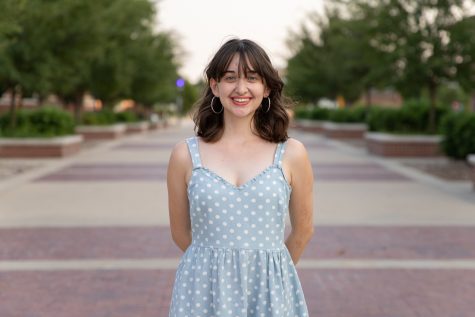
Karen Galindo was a reporter for The Sunflower. She majored in electronic media and minored in political science and international studies. For her future,...



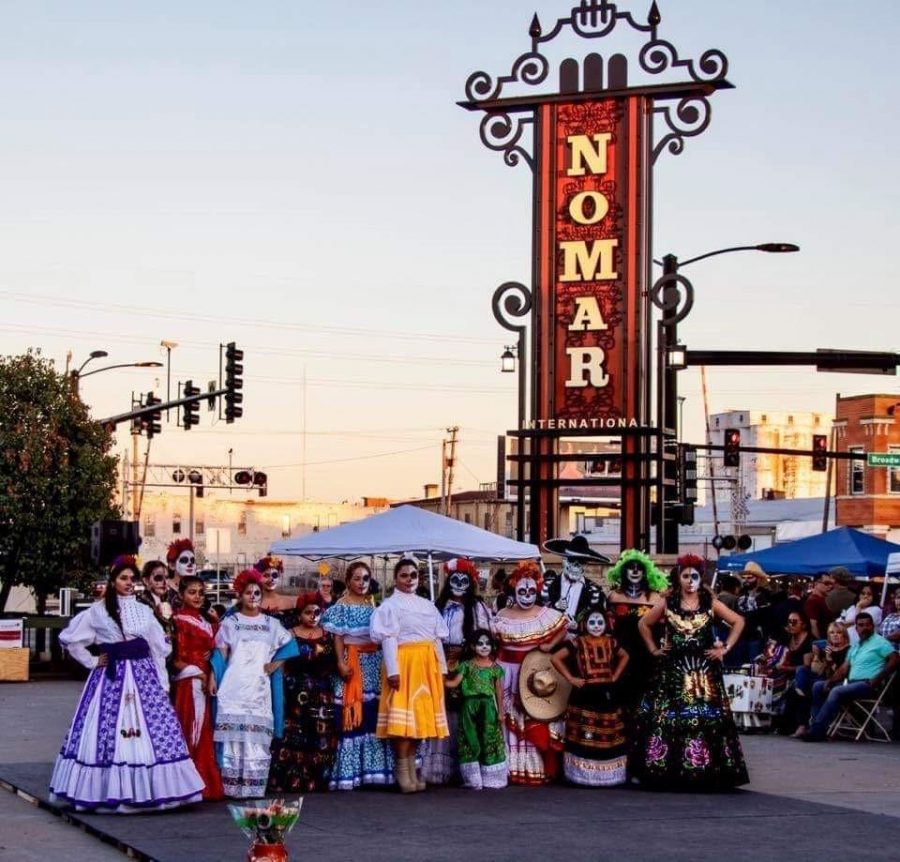
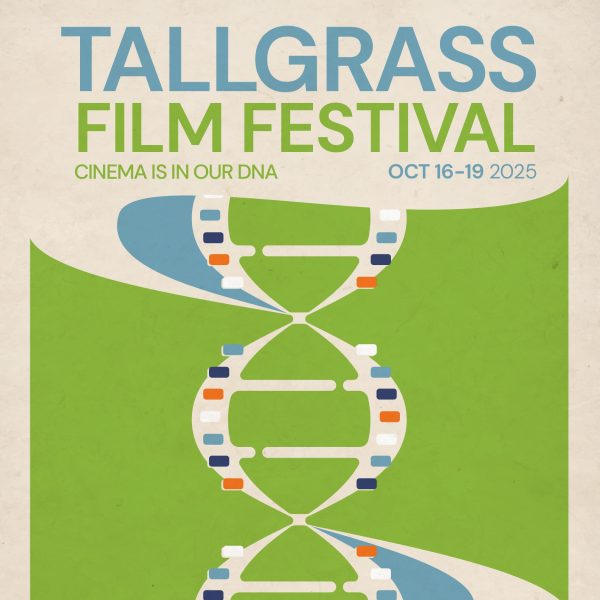
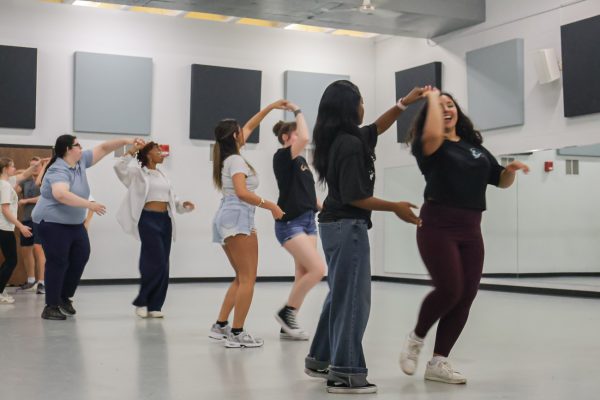
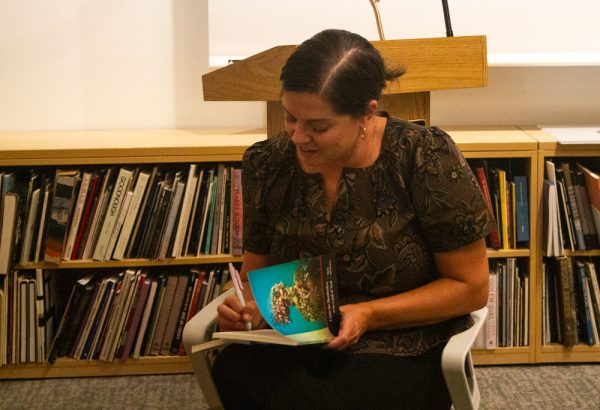
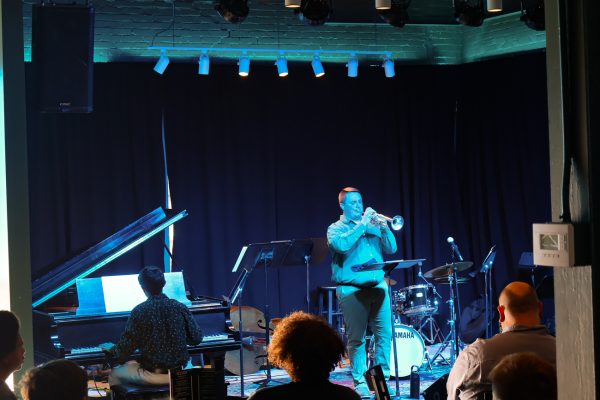
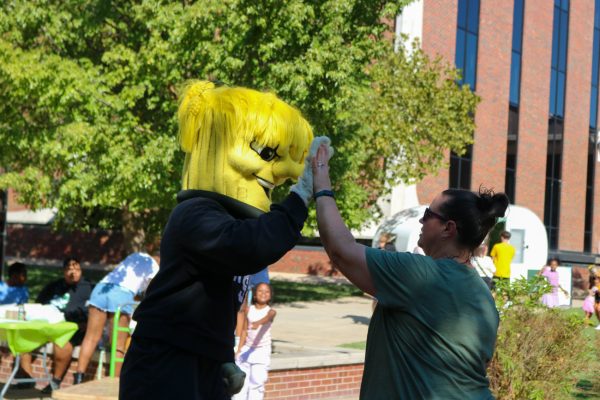
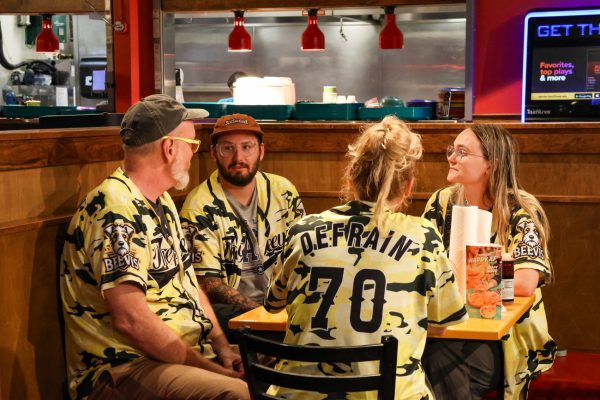
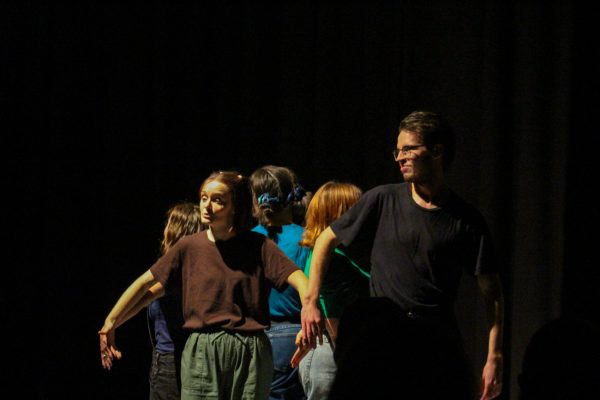
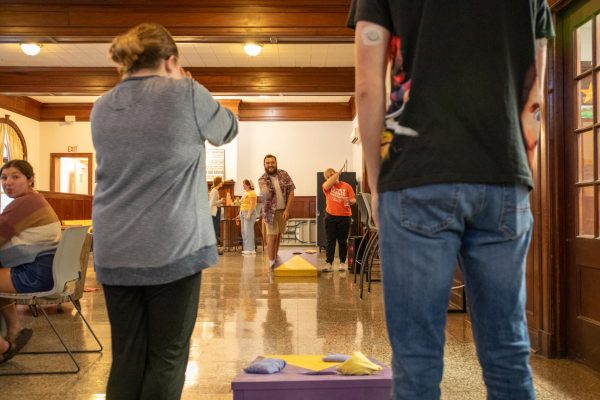
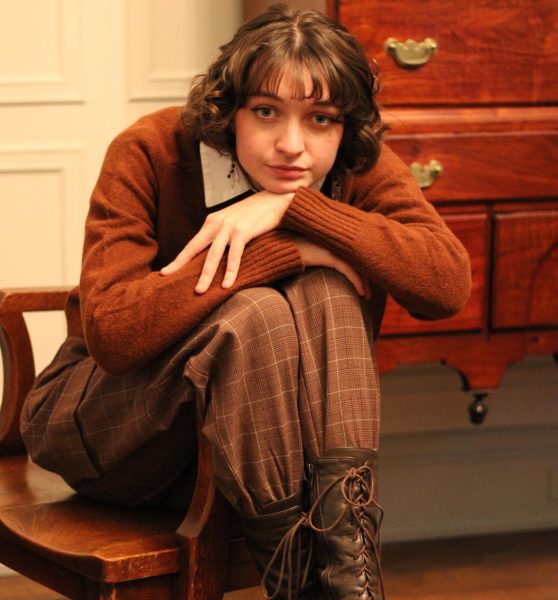
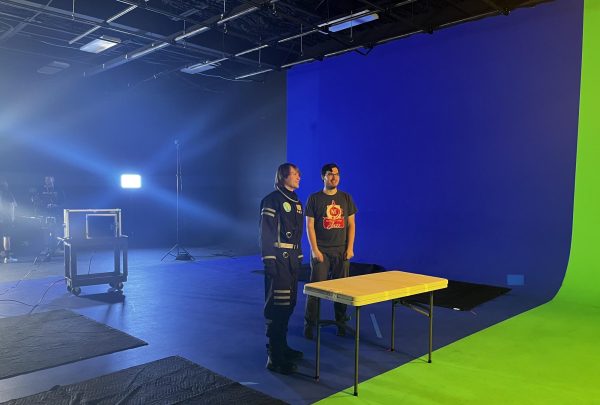
Victor • Aug 30, 2020 at 4:38 pm
I don’t understand the term Latinx!
Kevin • Aug 30, 2020 at 3:06 pm
There isn’t a LatinX history, but there is a Latino history.